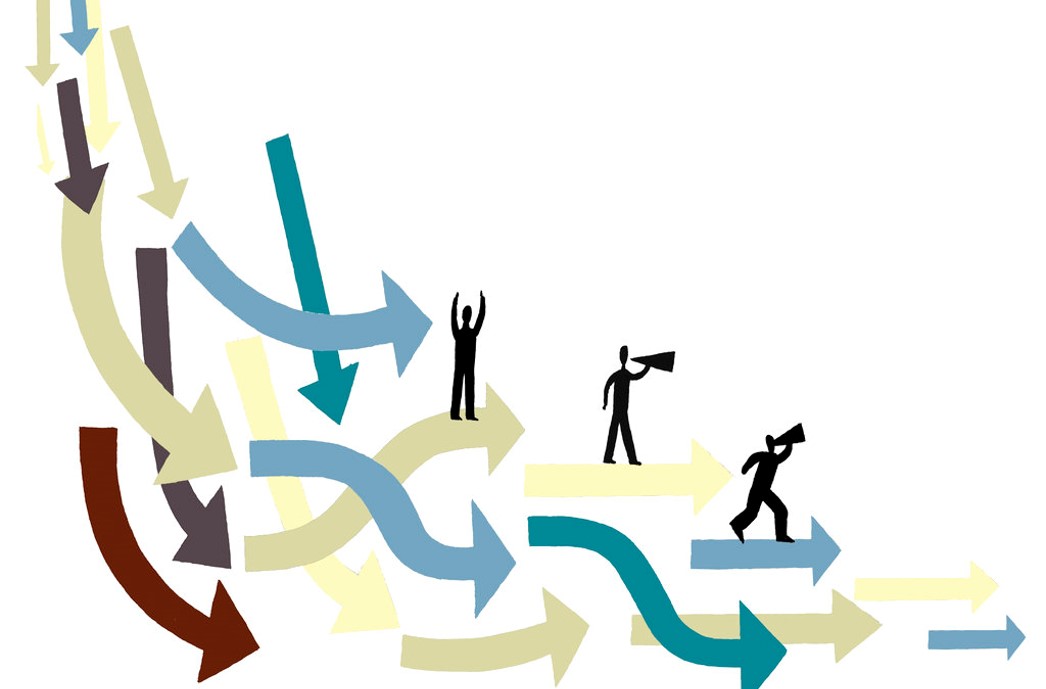
At first blush, investors might think that an actively managed exchange-traded fund is an oxymoron. They can be forgiven for this mistake. After all, for their first 15 years of existence, ETFs were the exclusive domain of indexers. Even today, active ETFs account for just 3.5% of the $6.6 trillion that investors have allocated to ETFs.
Active ETFs are not a contradiction, but an innovation. ETFs are just a vessel, a wrapper in which asset managers package and distribute investment strategies to investors--active, passive, and everything in between. The ETF wrapper can deliver material benefits for investors partnering with active managers. But, as with everything, there are trade-offs. Not every strategy is a good fit for an ETF. Also, depending on the strategy, ETFs' benefits might not always materialize.
The Benefits
The biggest benefit of ETFs is that--all else equal--they tend to have lower fees than mutual funds. Most ETFs' fees are stripped down to the cost of manufacturing the portfolio (the management fee). Other line-item expenses that investors incur in mutual funds--those that go toward paying for advice, marketing, distribution, and shareholder recordkeeping--are typically either absent from their bill or are much lower when they pay to invest in an ETF. Costs matter. Every penny not spent on fees is a penny that investors can save, invest, and compound over time.
While many tout ETFs' tradability as an advantage, I think being able to trade them all day every day is grossly overrated. That said, I believe that other features of this exchange-traded package go underappreciated. Specifically, given that ETFs trade on an exchange like stocks, any investor with a brokerage account can invest in an ETF in an amount as low as the price of a single share. Many mutual funds aren't available across different investment platforms and have substantially higher minimum investment requirements. Furthermore, most active ETFs that seek to replicate the strategies plied by their predecessor mutual funds charge fees that are on par with or below those levied by the institutional share classes of those mutual fund predecessors. In this regard, ETFs are a democratizing force. They offer broader, easier access to a larger number of smaller investors at a price that often matches what they charge their biggest clients.
For taxable investors, ETFs' single biggest advantage over mutual funds is tax efficiency. The way that money typically comes and goes from mutual fund and ETF portfolios is different, as is the way that their portfolio managers initiate and close positions. These differences are the source of ETFs' tax advantage over mutual funds.
ETF Efficiency
Mutual funds deal in cash. When investors buy a mutual fund, they hand cash over to portfolio managers who then put it to work in the market. When investors sell mutual fund shares, portfolio managers will often have to sell securities to come up with the cash to facilitate their redemption requests. This cash-in/cash-out proposition can be costly, resulting in trading costs and tax bills. These costs are socialized across all mutual fund shareholders--even those who haven't bought or sold.
ETFs tend to deal in kind. New ETF shares are created in the primary market when demand exceeds supply in the secondary market. This imbalance causes ETFs to trade at a premium to the value of their assets on the stock exchange. This creates an opportunity for a special breed of market makers, called authorized participants, to step in and profit. In this case, the AP will buy a basket of securities that is broadcast by the ETF's sponsor and exchange that basket with the ETF sponsor for new ETF shares. Buying the securities relatively cheap and selling the new ETF shares relatively dear will net the AP the difference. The same process works in reverse when ETF shares are destroyed. The in-kind creation and redemption mechanism can also be used more tactically when ETFs' portfolio managers rebalance their portfolios, add new positions, or liquidate existing ones.
The in-kind creation and redemption mechanism externalizes many of the costs associated with regular inflows and outflows to and from the fund as well as those stemming from normal turnover. These costs are borne by those investors buying and selling ETF shares, not those who are happy to hold. The most meaningful benefit that springs forth from this mechanism is lower tax bills. ETFs can purge their portfolios of low-cost-basis securities by sending them out in kind and avoid realizing gains. This can give actively managed ETFs a big leg up over mutual funds, many of which have been distributing significant taxable capital gains in recent years.

The Drawbacks
There are drawbacks to putting an active strategy in an ETF wrapper. In my opinion, the biggest one is the fact that ETF portfolio managers cannot say "no" to new money. When mutual fund managers have concerns about capacity--too many dollars coming in the door chasing too few good ideas--they can close their funds. Many of the best managers have served shareholders well by being disciplined in managing capacity. But ETFs cannot close: Their managers must invest each dollar that comes in, whether they've got good ideas as to how to invest that dollar or not. This risks diluting the strategy. Managers may have no choice but to invest in their next-best ideas or to add to existing positions at less-than-compelling valuations.
Many asset managers have cited capacity concerns as the biggest reason they wouldn't consider offering certain active strategies as ETFs. It also explains why many active ETFs focus on areas of the market where capacity is less of a concern, like large-cap U.S. stocks and short-term bonds. Investors should be wary of investing in an active ETF with a portfolio that might get watered down by a wash of new money.
Active ETFs also have a more limited investment opportunity set than actively managed mutual funds. For example, investments in private companies are off limits for ETFs. In the case of active nontransparent ETFs, the pond they can fish in is smaller still. At present, these funds are limited to investing in securities that trade during the same market hours as the funds themselves. This means that U.S.-listed stocks, ADRs, GDRs, and other ETFs are fair game. Anything that trades overseas is not. A more restrictive palette may prevent investors from getting the full benefit of managers' best investment ideas.
While ETFs have the potential to be more tax-efficient than mutual funds, it is not an ironclad proposition. Many active ETFs are relatively new and were born into a bull market. This means that they've had fewer opportunities to realize tax losses that they can hold in reserve to offset future taxable gains. It also means they've had fewer chances to purge low-cost-basis securities from their portfolios through regular redemptions to raise the overall cost bases of their portfolios. Also, until fairly recently, active ETFs couldn't customize the baskets of securities they sent out the door to meet redemptions. Instead, they had to push out a basket representing a slice of the fund's portfolio to authorized participants. The SEC's "ETF Rule," adopted in September 2019, changed that. The rule allows all ETFs that are subject to it to tailor their creation and redemption baskets. This helps the portfolio managers add and remove securities more selectively from ETFs' portfolios, giving them a chance to dramatically improve active ETFs' tax efficiency.
It's Just a Wrapper
Active ETFs have some benefits and drawbacks. While the ETF wrapper can help investors get the most out of active managers, it is just a wrapper, not a panacea for all that has ailed active management.
What matters most is what's inside. The pillars that underpin the Morningstar Analyst Rating are what ultimately drive the quality of the content. Who are the people managing the portfolio? What is their process? Does the parent firm align its interests with investors'? These are the most important questions investors should be asking when vetting active ETFs.
©2021 Morningstar. All rights reserved. The information, data, analyses and opinions presented herein do not constitute investment advice; are provided as of the date written, solely for informational purposes; and subject to change at any time without notice. This content is not an offer to buy or sell any particular security and is not warranted to be correct, complete or accurate. Past performance is not a guarantee of future results. The Morningstar name and logo are registered marks of Morningstar, Inc. This article includes proprietary materials of Morningstar; reproduction, transcription or other use, by any means, in whole or in part, without prior, written consent of Morningstar is prohibited. This article is intended for general circulation, and does not take into account the specific investment objectives, financial situation or particular needs of any particular person. Investors should consult a financial adviser regarding the suitability of any investment product, taking into account their specific investment objectives, financial situation or particular needs, before making any investment decisions. Morningstar Investment Management Asia Limited is licensed and regulated by the Hong Kong Securities and Futures Commission to provide investment research and investment advisory services to professional investors only. Morningstar Investment Adviser Singapore Pte. Limited is licensed by the Monetary Authority of Singapore to provide financial advisory services in Singapore. Either Morningstar Investment Management Asia Limited or Morningstar Investment Adviser Singapore Pte. Limited will be the entity responsible for the creation and distribution of the research services described in this article.












.png)









